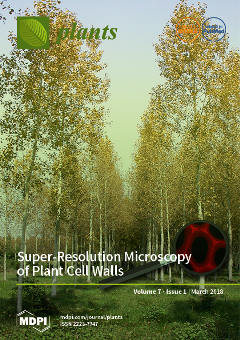The aim of the present study was to evaluate the effect of cooking (boiling, steaming, and frying) on anti-inflammation associated properties
in vitro of six popularly consumed green leafy vegetables in Sri Lanka, namely:
Centella asiatica,
Cassia auriculata,
Gymnema lactiferum,
[...] Read more.
The aim of the present study was to evaluate the effect of cooking (boiling, steaming, and frying) on anti-inflammation associated properties
in vitro of six popularly consumed green leafy vegetables in Sri Lanka, namely:
Centella asiatica,
Cassia auriculata,
Gymnema lactiferum,
Olax zeylanica,
Sesbania grnadiflora, and
Passiflora edulis. The anti-inflammation associated properties of methanolic extracts of cooked leaves were evaluated using four
in vitro biological assays, namely, hemolysis inhibition, proteinase inhibition, protein denaturation inhibition, and lipoxygenase inhibition. Results revealed that the frying of all the tested leafy vegetables had reduced the inhibition abilities of protein denaturation, hemolysis, proteinase, and lipoxygenase activities when compared with other food preparation methods. Steaming significantly increased the protein denaturation and hemolysis inhibition in
O. zeylanica and
P. edulis. Steaming of leaves increased inhibition activity of protein denaturation in
G. lactiferum (by 44.8%) and
P. edulis (by 44%); hemolysis in
C. asiatica,
C. auriculata, and
S. grandiflora; lipoxygenase inhibition ability in
P. edulis (by 50%),
C. asiatica (by 400%), and
C. auriculata leaves (by 250%); proteinase inhibition in
C. auriculata (100%) when compared with that of raw leaves. In general, steaming and boiling in contrast to frying protect the health-promoting properties of the leafy vegetables.
Full article






